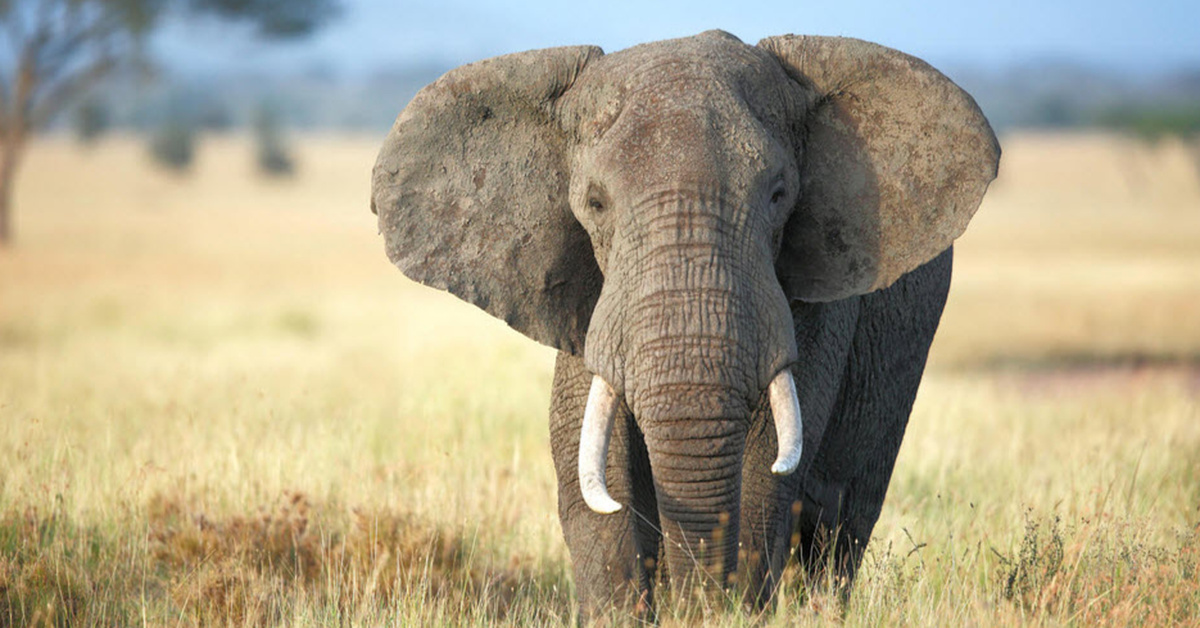As we continue to see changes occurring in the world around us with the climate, pollution and man’s ability to take more from the Earth than they should, we often see it is the animals around us that suffer the most. That is the case with many animals that have found themselves classified as vulnerable or endangered. Two of those animals include elephants, which are classified as a vulnerable species and rhinos, which are endangered.
The populations of those animals have seen their world change in so many different ways, from the encroachment of humans onto their land to being killed for wandering into a nearby village. The number one killer of those rare animals, however, continues to be poaching and it is a serious problem. For years, the numbers of animals in existence were dropping but after an anti-poaching task force was introduced in Tanzania in 2016, things began to change.
Now that a few years have passed, the data has been released and the numbers are encouraging. It seems that both the elephant and rhino populations in Tanzania are blooming.
Tanzania says elephant, rhino populations rebounding after anti-poaching crackdown https://t.co/GWkNFSrwIi pic.twitter.com/eatpFQ4jqI
— Reuters (@Reuters) July 13, 2019
“As a result of the work of a special task force launched in 2016 to fight wildlife poaching, elephant populations have increased from 43,330 in 2014 to over 60,000 presently,” read a statement from the Tanzanian government.
That is great news for the elephants but the effect it had on the rhino population is even better. In 2015, there were only 15 rhinos but in 2019, there are now 167!
The rhinos are making a comeback! 🦏https://t.co/THzt8gvdcf
— Global Citizen ⭕ (@GlblCtzn) July 15, 2019
Poachers kill elephants for their ivory tusks and sell them on the black market to make ornaments and jewelry. The rhinos are killed for their horns, which are used for their so-called medicinal properties.
The animals are often killed by poachers for their tusks or horns or they will leave the animals to die without them. Now that the anti-poaching task force is in effect in Tanzania and the government is handing out lengthy sentences to poachers, things are looking up.

Those elephants and rhinos often live in protected areas of national parks and the populations are blooming. It’s nice to see how effective such an initiative can be.
Source: Happiest

